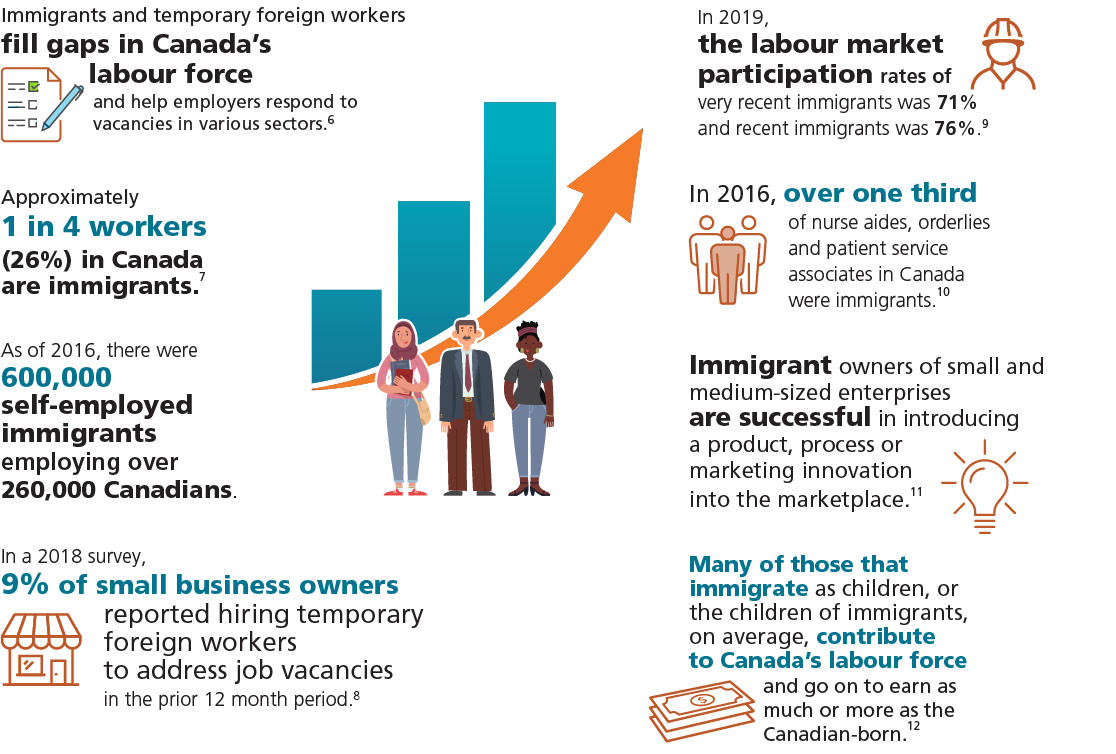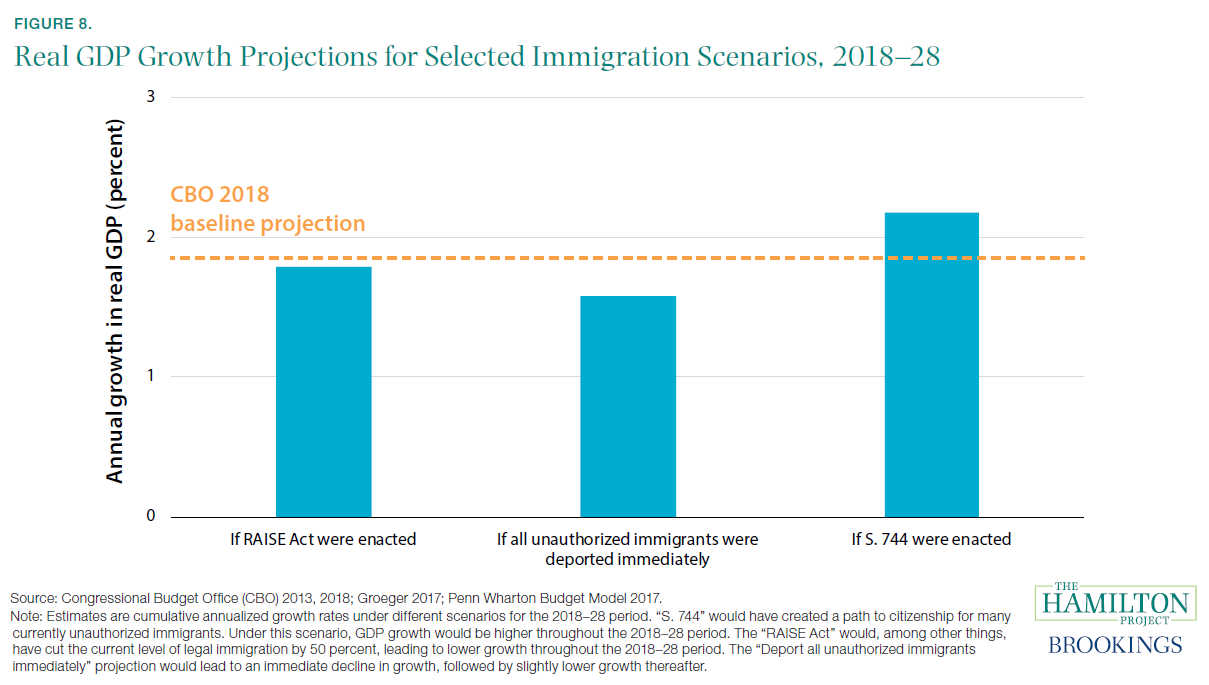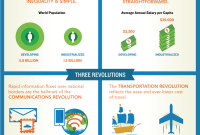Immigration policies have a profound impact on the economic growth of nations. They shape the size, composition, and skills of the labor force, influence government spending and revenue, and affect social cohesion and cultural diversity. Understanding the complex interplay between immigration policies and economic growth is crucial for policymakers seeking to optimize economic outcomes.
In this article, we will delve into the historical, labor market, fiscal, and social impacts of immigration policies. We will examine the role of immigrants in shaping economic development, analyze the effects of immigration on wages, employment, and productivity, and discuss the challenges and opportunities associated with immigration.
Finally, we will provide policy recommendations for policymakers to consider in order to promote economic growth.
Introduction
Immigration policies encompass laws, regulations, and practices that govern the movement of individuals across national borders. Economic growth refers to the expansion of an economy’s productive capacity, resulting in an increase in the production of goods and services over time.
This article examines the complex relationship between immigration policies and economic growth. It explores the various ways in which immigration can impact an economy, including its effects on labor supply, productivity, innovation, and overall economic competitiveness.
Immigration and Labor Supply
Immigration can influence the labor supply in several ways. It can increase the overall size of the workforce, providing more workers for businesses to hire. Additionally, immigration can bring in workers with specific skills and experience, which can help address labor shortages in certain industries.
Historical Impact of Immigration Policies on Economic Growth
Immigration policies have played a significant role in shaping economic growth throughout history. From the influx of European settlers in the Americas to the recent wave of immigration to developed countries, the movement of people across borders has had both positive and negative impacts on economies.
Examples of Historical Immigration Policies and Their Impact on Economic Growth
- The United States’ open immigration policy in the late 19th and early 20th centuries led to a surge in the population, which contributed to the country’s rapid economic growth. Immigrants provided a source of cheap labor for industries such as manufacturing and agriculture, and they also brought new skills and ideas that helped to drive innovation.
- In contrast, the restrictive immigration policies implemented by the United States in the 1920s and 1930s had a negative impact on the economy. The reduction in the number of immigrants led to a shortage of labor, which slowed economic growth. It also contributed to a decline in the diversity of the population, which stifled innovation and creativity.
The Role of Immigrants in Shaping Economic Development
Immigrants have played a vital role in shaping economic development throughout history. They have brought new skills, ideas, and technologies to their new countries, and they have helped to create new industries and businesses. Immigrants have also contributed to the growth of the labor force, which has helped to boost economic productivity.In
addition to their economic contributions, immigrants have also had a positive impact on social and cultural development. They have brought new languages, customs, and traditions to their new countries, and they have helped to create a more diverse and vibrant society.
Labor Market Effects of Immigration Policies

Immigration policies significantly influence the labor market by altering labor supply and demand. Understanding these effects is crucial for evaluating the overall impact of immigration on economic growth.
Immigration policies affect labor supply by increasing the number of workers in the labor force. Immigrants bring diverse skills, experiences, and qualifications, potentially expanding the labor pool and filling skill shortages. However, if immigration is not managed effectively, it can also lead to an oversupply of labor in certain sectors, particularly low-skill occupations.
On the demand side, immigration policies can stimulate economic growth by increasing consumer spending and investment. Immigrants create new businesses, contribute to tax revenues, and drive demand for goods and services. This can lead to job creation and higher wages for both native-born and immigrant workers.
Impact on Wages, Employment, and Productivity
The impact of immigration on wages, employment, and productivity is complex and varies depending on the specific policy and economic conditions. In the short term, an influx of immigrants may lead to downward pressure on wages for low-skill workers, as they compete for jobs.
However, in the long term, immigration can contribute to higher wages and employment by stimulating economic growth and innovation.
Immigration can also have a positive impact on productivity. Immigrants often bring new ideas, technologies, and work ethics, which can lead to increased efficiency and output. Studies have shown that immigrants tend to be more entrepreneurial and innovative than native-born workers, contributing to economic growth and job creation.
Fiscal Impact of Immigration Policies
Immigration policies can significantly influence government spending and revenue. Understanding the fiscal impact is crucial for policymakers to design effective immigration strategies.
Immigrants contribute to government revenue through taxes, such as income, property, and sales taxes. They also increase economic activity, which generates additional tax revenue for the government. Additionally, immigrants may access government services, such as education and healthcare, which can increase government spending.
Cost-Benefit Ratio
The cost-benefit ratio of immigration policies is a complex issue. While immigrants contribute to economic growth and tax revenue, they may also increase the demand for public services, leading to higher government spending. Accurately assessing the net fiscal impact requires a comprehensive analysis of these factors.
Social and Cultural Impact of Immigration Policies

Immigration policies significantly impact social cohesion and cultural diversity within a society. On the one hand, immigration can foster greater cultural exchange and understanding, promoting tolerance and appreciation for different perspectives. Newcomers often bring unique skills, traditions, and ideas, enriching the host community.On
the other hand, immigration can also pose challenges to social cohesion. The influx of new populations can sometimes lead to cultural clashes, particularly if there are significant differences in values, beliefs, or customs. This can create tensions and divisions within society, especially if there is a lack of effective integration policies.
Challenges of Immigration
- Cultural clashes and misunderstandings
- Increased competition for resources, such as housing and jobs
- Potential strain on social services and infrastructure
- Fear of job loss and economic displacement among native-born workers
Opportunities of Immigration
- Increased cultural diversity and exchange
- New perspectives and ideas
- Economic growth and innovation
- A more vibrant and dynamic society
Policy Recommendations for Optimizing Economic Growth
To maximize the positive economic effects of immigration, policymakers should implement comprehensive policies that address the following areas:
- Promote high-skilled immigration: Encourage the entry of highly skilled immigrants through streamlined visa processes and targeted recruitment programs. This can help boost innovation, entrepreneurship, and productivity.
- Facilitate labor market integration: Provide language training, job placement assistance, and other support services to help immigrants integrate into the labor force. This can reduce unemployment, increase wages, and enhance economic mobility.
- Address fiscal concerns: Implement policies that ensure immigrants contribute fairly to the tax base and access public benefits. This can mitigate potential fiscal burdens while ensuring equitable access to essential services.
- Foster social and cultural integration: Promote policies that encourage immigrants to participate fully in society. This can strengthen social cohesion, reduce discrimination, and enhance the overall quality of life.
Final Conclusion
The impact of immigration policies on economic growth is a multifaceted and complex issue. There is no one-size-fits-all solution, and the optimal policy mix will vary depending on the specific circumstances of each country. However, by understanding the key factors that influence the relationship between immigration and economic growth, policymakers can make informed decisions that will maximize the benefits and minimize the costs of immigration.
FAQ Section
How do immigration policies affect economic growth?
Immigration policies can affect economic growth in a variety of ways, including by increasing the size and skills of the labor force, boosting consumer spending, and promoting innovation.
What are the benefits of immigration for economic growth?
Immigration can boost economic growth by increasing the size and skills of the labor force, boosting consumer spending, and promoting innovation. Immigrants are more likely to start businesses and create jobs than native-born workers, and they also contribute to the tax base and support social programs.
What are the challenges of immigration for economic growth?
Immigration can also pose challenges for economic growth, such as by putting pressure on public services and infrastructure, and by increasing competition for jobs and wages. It is important for policymakers to carefully consider the costs and benefits of immigration when developing policies.



